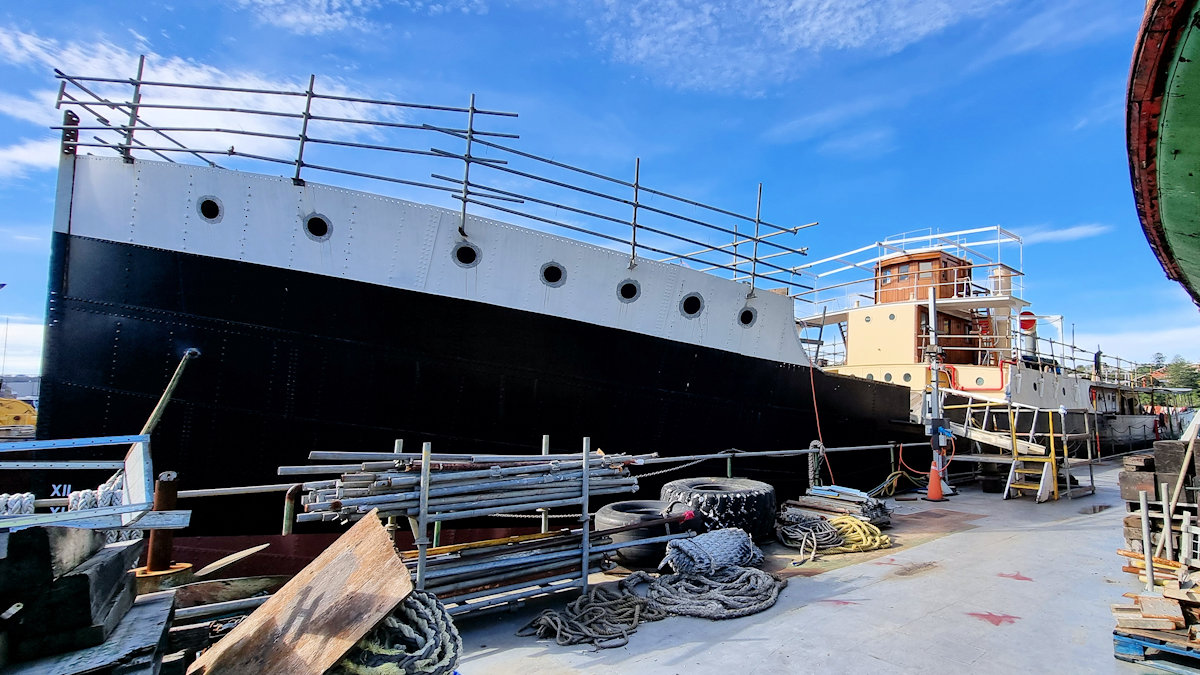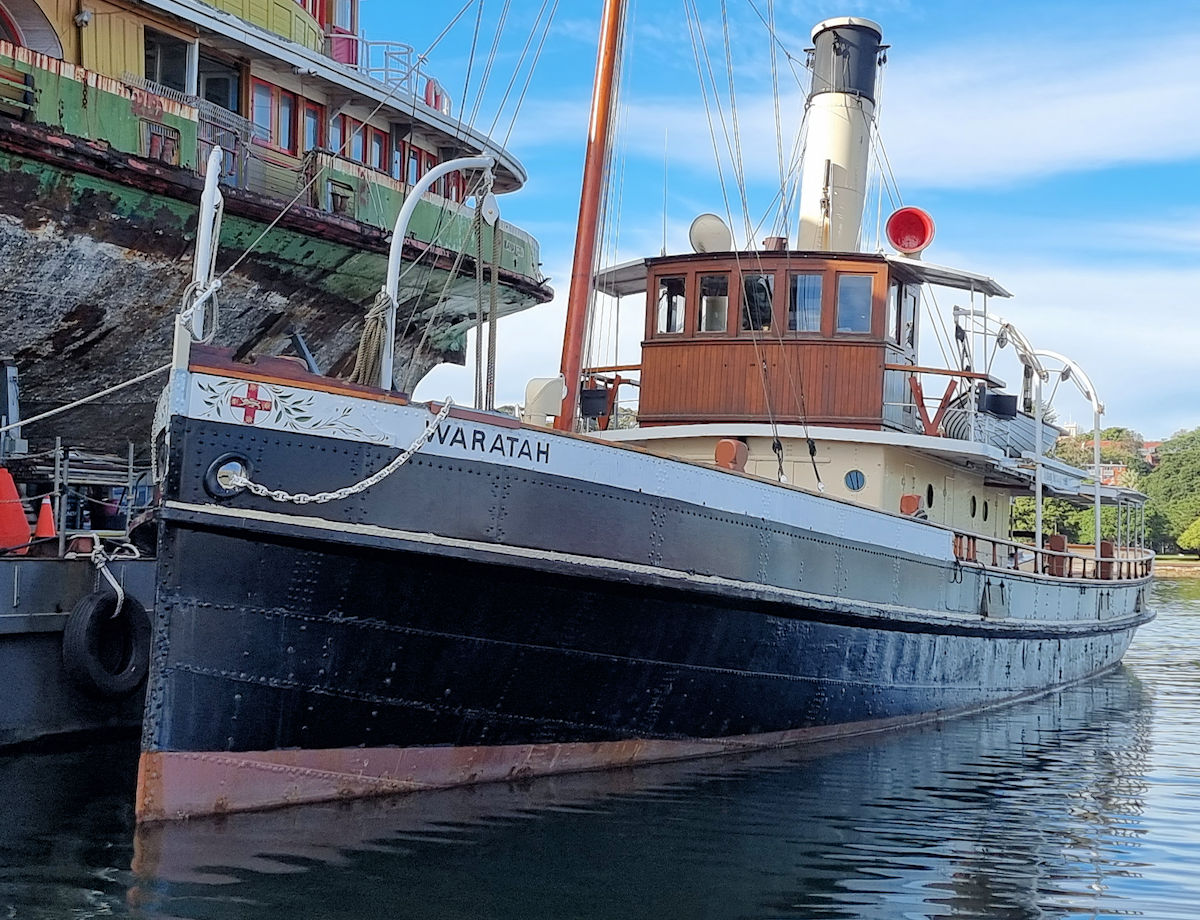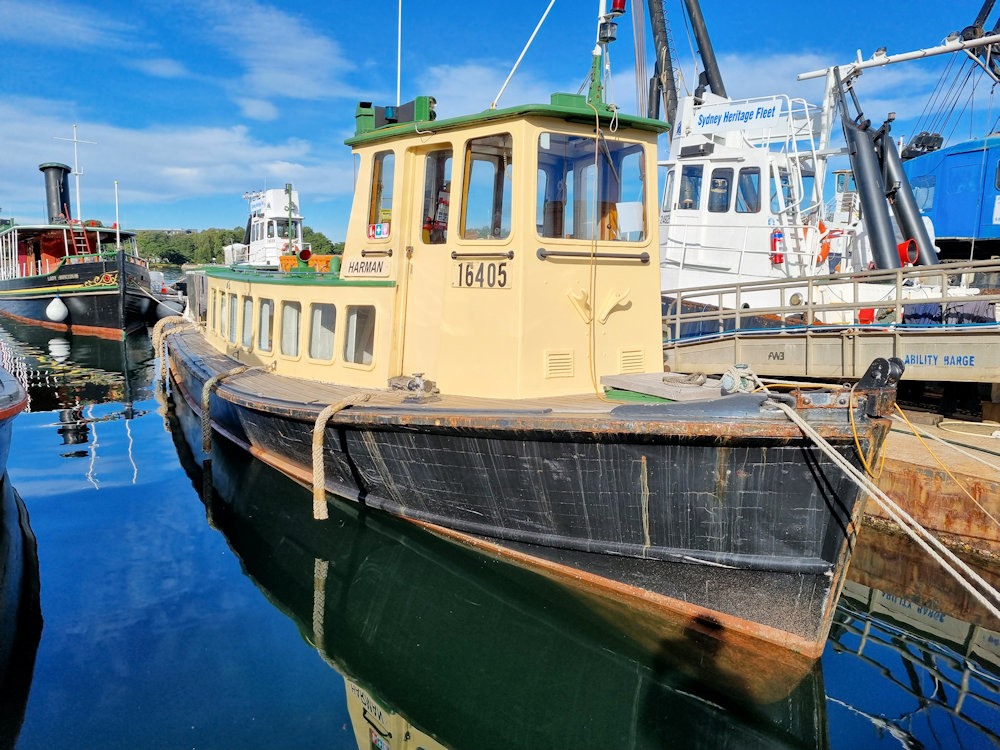Tag: Ship
-
Steam Ship John Oxley

Steam Ship John Oxley Built in 1927 in Scotland for the Queensland Harbours and Rivers Board, the John Oxley was a relief pilot vessel in Moreton Bay, a buoy tender and a lighthouse tender that operated along the Queensland coast. In the Second World War John Oxley was requisitioned for the Royal Australian Navy and… Read more
-
Steam Tug Waratah

Steam Tug Waratah Built in 1902 at Cockatoo Island, Waratah is a coal fired tug and part of the Sydney Heritage Fleet. Originally named Burunda, her primary role was to tow dredges and barges between the various ports along the NSW coast. From 1948, her age and condition restricted her to operating within the Newcastle… Read more
-
Motor Launch Harman

Motor Launch Harman Harman is a Royal Australian Navy motor launch built in 1944 by the firm Storey and Keers. The RAN used her on Sydney Harbour to transfer personnel between ship and shore and the various establishments on the Harbour. On retirement from the RAN in 1957, she was transferred to Cockatoo Island Dockyard where… Read more